Affiliate Sources : Where do traffic providers get traffic from

The Materials section is a rich resource for individuals and organizations with a focus on data.
With thoughtfully curated articles, timely data releases, and a store stocked with ready-to-use data sets, this section caters to your data needs, empowering you to succeed in the dynamic world of data.
Our company information section provides comprehensive information about our services, pricing, team information, and contact details.
We aim to provide our visitors with all the information they need to make informed decisions about our services and build a strong relationship with our team.

In the beginning we will remember who can provide traffic to your product: affiliate agencies, arbitrageurs, vendors. They can buy traffic from сontent сreators and bloggers, social media, seo-experts, email marketers. The first category of traffic providers usually has partnerships with the second list. But what does it mean traffic? Can operates get traffic for free? Lets consider all questions in details.
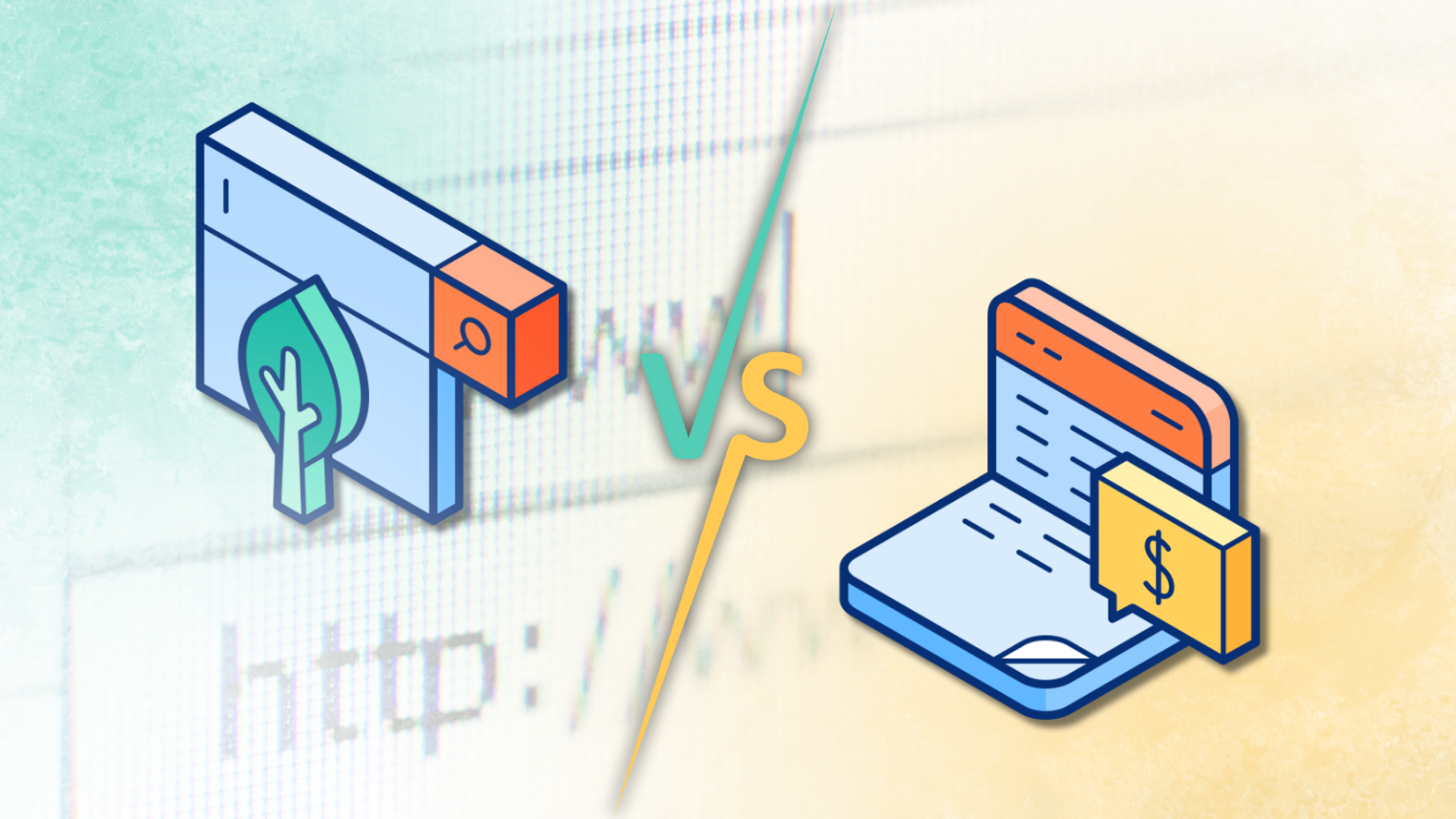
Organic Traffic refers to visitors who come to a website through unpaid channels, such as search engines, social media shares, or direct visits. It relies on high-quality content, SEO, and strong brand presence to attract visitors naturally.
Organic Traffic refers to visitors who come to a website through unpaid channels such as search engines, social media shares, or direct visits. It relies on high-quality content, SEO (Search Engine Optimization), and strong brand presence to naturally attract visitors over time. Organic traffic is often considered a cost-effective way to build long-term website traffic because it doesn’t require continuous spending like paid advertising does. However, it takes time and effort to generate. One of the most significant advantages of organic traffic is that once you establish a solid foundation, such as ranking well in search engines for relevant keywords, you can continue receiving a steady stream of visitors without ongoing financial investment.
Beyond SEO, affiliate traffic is another way to drive organic website traffic. Through affiliate marketing, affiliates promote your site on their platforms in exchange for commissions on conversions like sales or sign-ups. Other ways to grow organic traffic include content marketing, where businesses regularly publish valuable, relevant content to engage and inform their target audience. Guest blogging, creating shareable infographics, and engaging with communities on forums or social media platforms also help in expanding your organic reach. Building a loyal following through email marketing, podcasts, or videos also contributes to attracting search traffic and can create long-term relationships with potential customers.
Paid Traffic, on the other hand, involves visitors who are directed to a website through paid advertisements. This includes PPC (pay-per-click) ads, display ads, and social media advertising. Paid traffic often provides quicker results but requires continuous investment.
On the other hand, refers to visitors who are directed to a website through paid advertisements. This includes PPC (pay-per-click) ads, display ads, and social media advertising on platforms like Google, Facebook, or Instagram. Paid traffic can deliver website traffic much faster than organic methods, often generating immediate results. It’s especially useful for short-term promotions or campaigns where immediate visibility is needed. However, paid traffic requires continuous investment, and once the advertising budget runs out, so does the traffic.
When it comes to determining the most cost-effective approach, it often depends on your business goals and timeline. Organic traffic is a more sustainable, long-term strategy that, once established, can provide ongoing traffic at little to no additional cost. In contrast, paid traffic can be effective in delivering quick results, especially for new websites or when launching time-sensitive campaigns, but it requires consistent budget allocation to maintain momentum.
Google Ads is a powerful platform that allows advertisers to place ads on Google’s search engine results pages (SERPs) and across its vast network of partner sites, known as the Google Display Network (GDN).
Advantages:
Facebook Ads enable advertisers to target users on Facebook and Instagram. The platform offers a variety of ad formats, including image, video, carousel, slideshow, and collection ads.
Advantages:
Display advertising networks like PropellerAds and Adsterra provide platforms for advertisers to place banner ads on a variety of websites.
Advantages:
Native advertising platforms like Taboola and Outbrain integrate ads seamlessly into the content of high-traffic websites, making them appear as part of the site’s editorial content.
Advantages:
Push notification services like OneSignal and PropellerAds send messages directly to users’ devices, even when they are not actively using the browser or app.
Advantages:
Platforms like YouTube Ads allow advertisers to promote their content through video ads.
Advantages:
Best Free Traffic Sources for iGaming Operators
In the iGaming industry, the diversity of traffic sources provides operators with numerous opportunities to drive website traffic and achieve their marketing goals. From search traffic driven by SEO and content marketing to paid traffic obtained through platforms like Google Ads, Facebook Ads, and native advertising, each method serves a unique purpose. Navigating this wide range of traffic sources requires a strategic approach. Operators must balance the long-term benefits of organic traffic with the immediate results of paid campaigns. Additionally, understanding how to leverage affiliate traffic, social media, and video advertising can further enhance visibility and player acquisition. By choosing the right mix of traffic sources, iGaming operators can effectively target the right audience and maximize their marketing investment.

The gaming industry is a form of mass culture, where players have a wide range of abilities. Accessibility is not a “checkbox feature” but a fundamental part of product design: […]
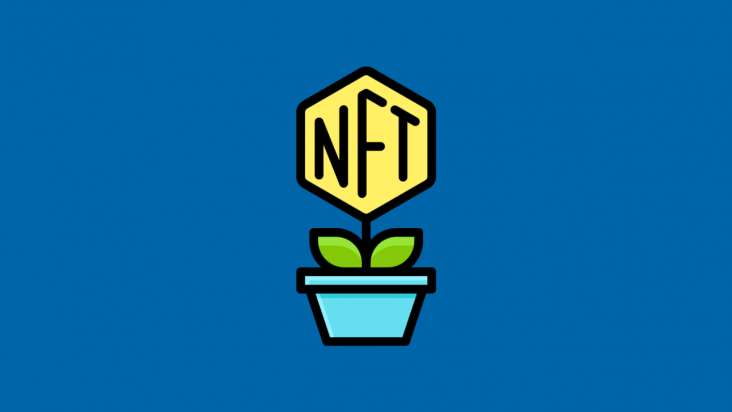
Initially, the term P2E (Play-to-Earn) was primarily associated with token farming: players in Web3 games received rewards simply for spending time in the game, usually through “token farming + selling […]
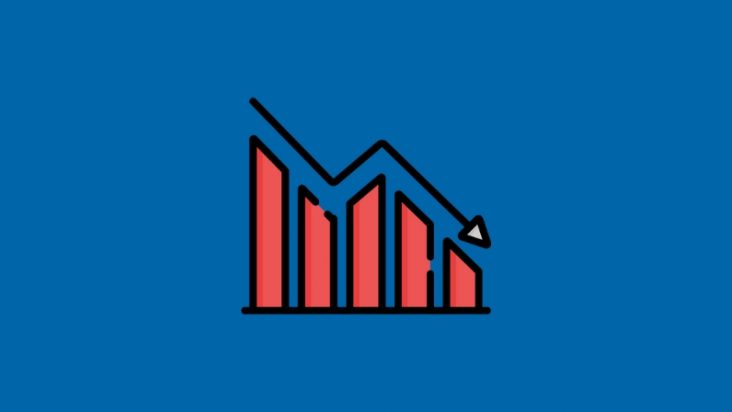
The years 2021–2022 marked the peak of the Play-to-Earn (P2E) industry. The mass enthusiasm for crypto games and the opportunity to earn from in-game tokens and NFTs attracted millions of […]
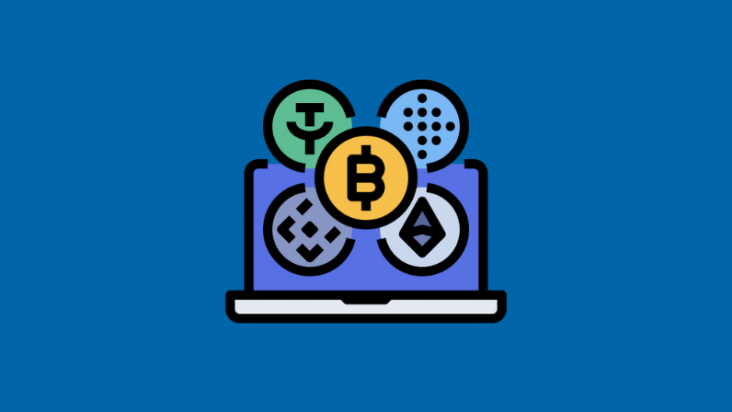
Cryptocurrency casinos have already ceased to be a niche “gimmick” and have become a large segment of iGaming. Over the past few years, the industry has adopted provably fair, accelerated […]
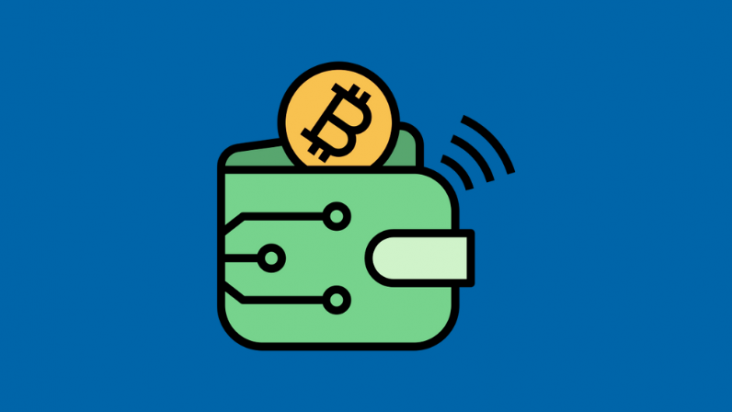
Thanks to blockchain technology, decentralized online casinos are gaining popularity among players, offering fairness, transparency, and full control over their funds. These innovative platforms open new opportunities for gambling enthusiasts, […]

Modern crypto casinos provide the ability to play from any device thanks to a combination of browser-based technologies and blockchain infrastructure. Most platforms use HTML5 and Web3, making games compatible […]